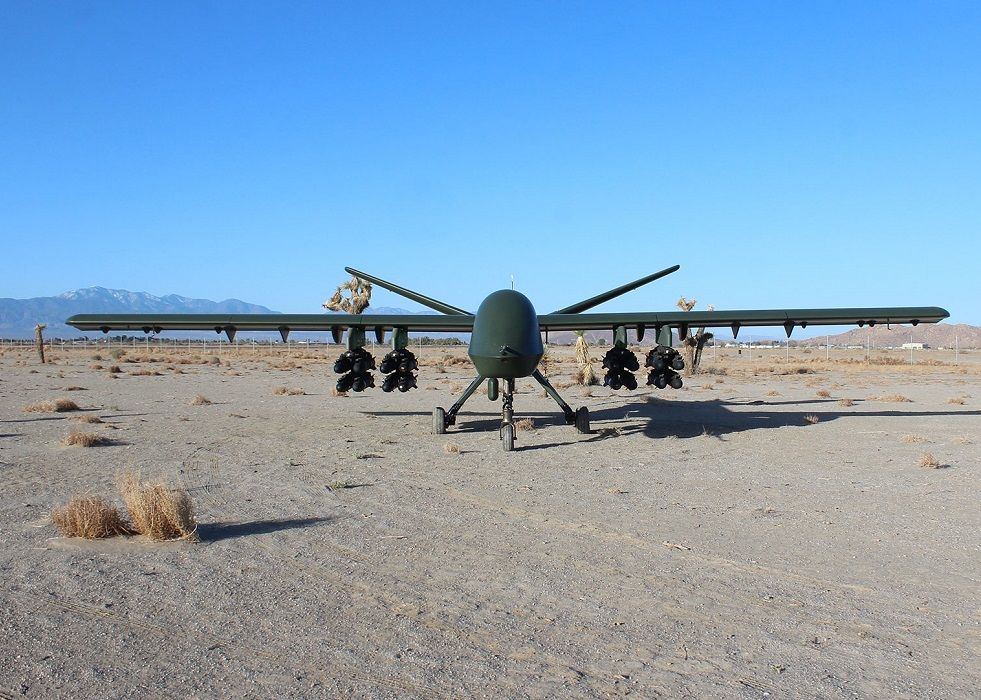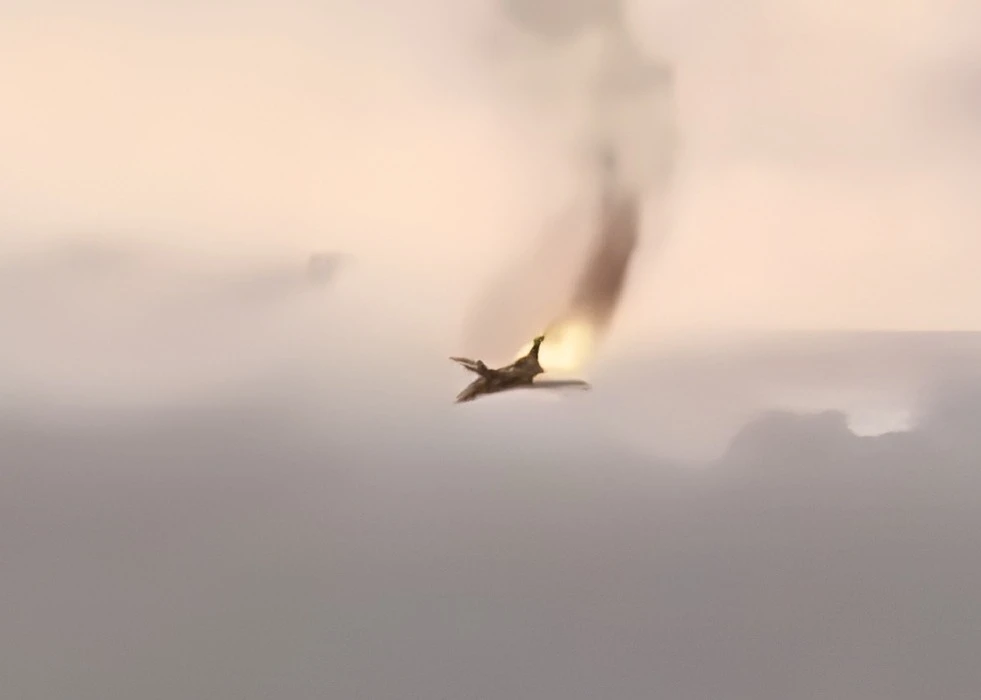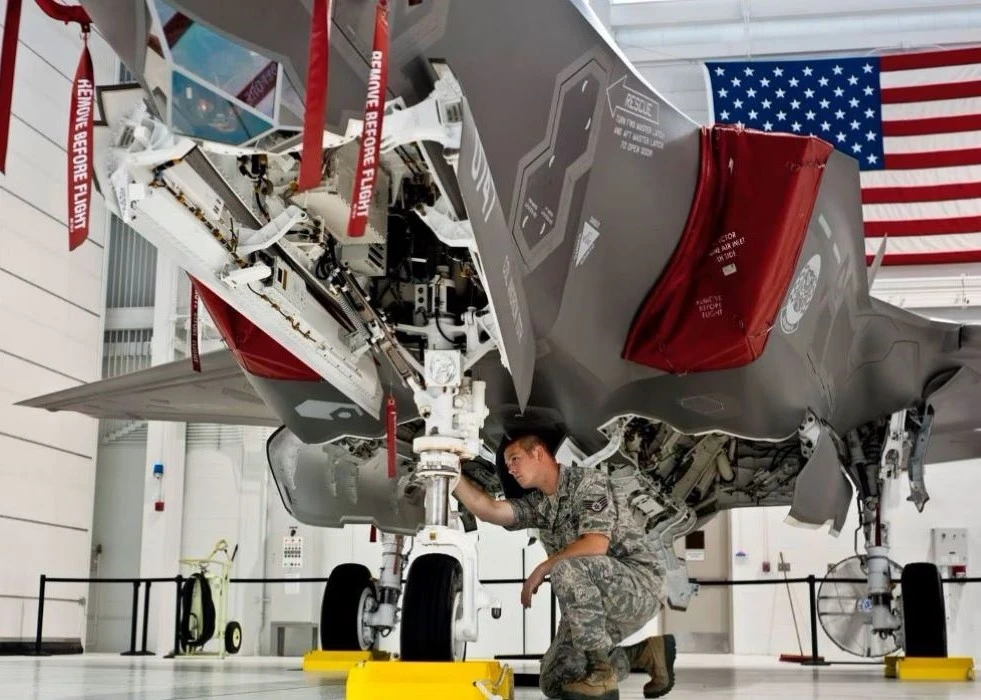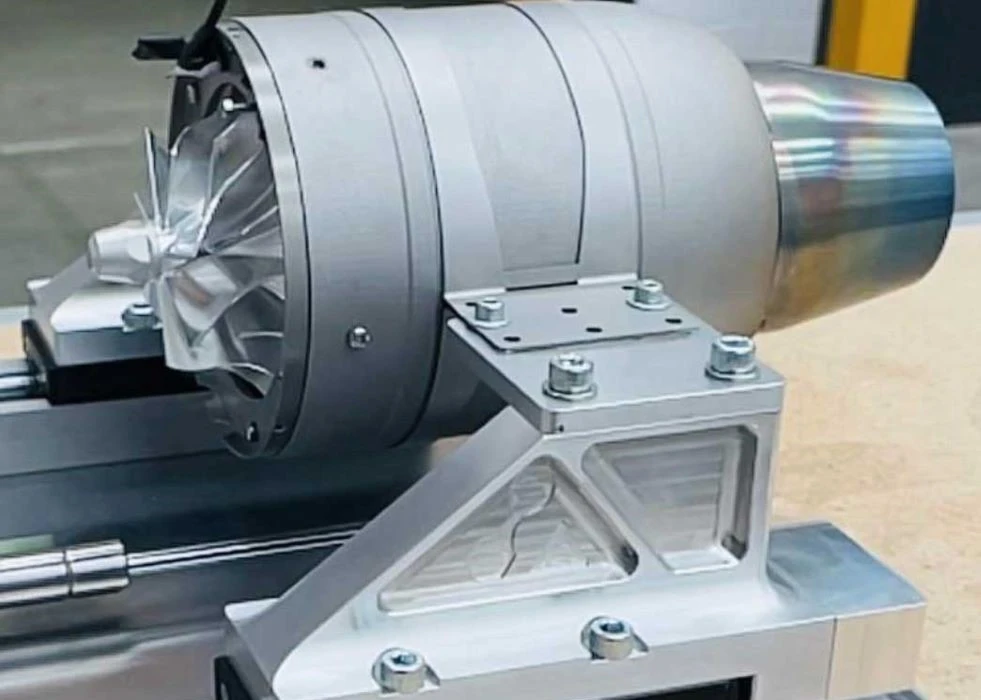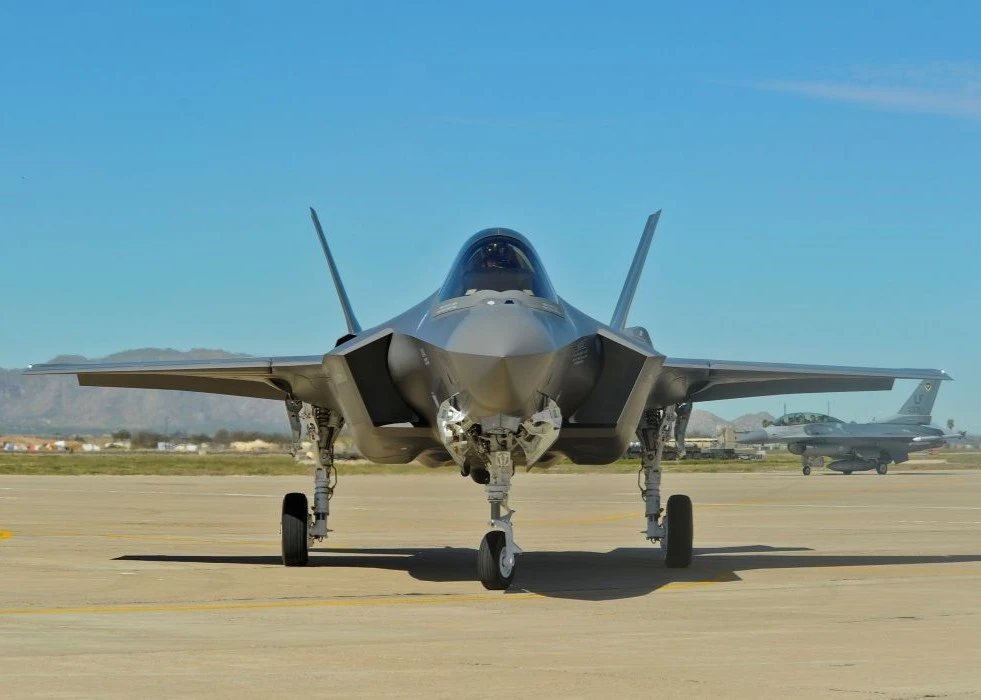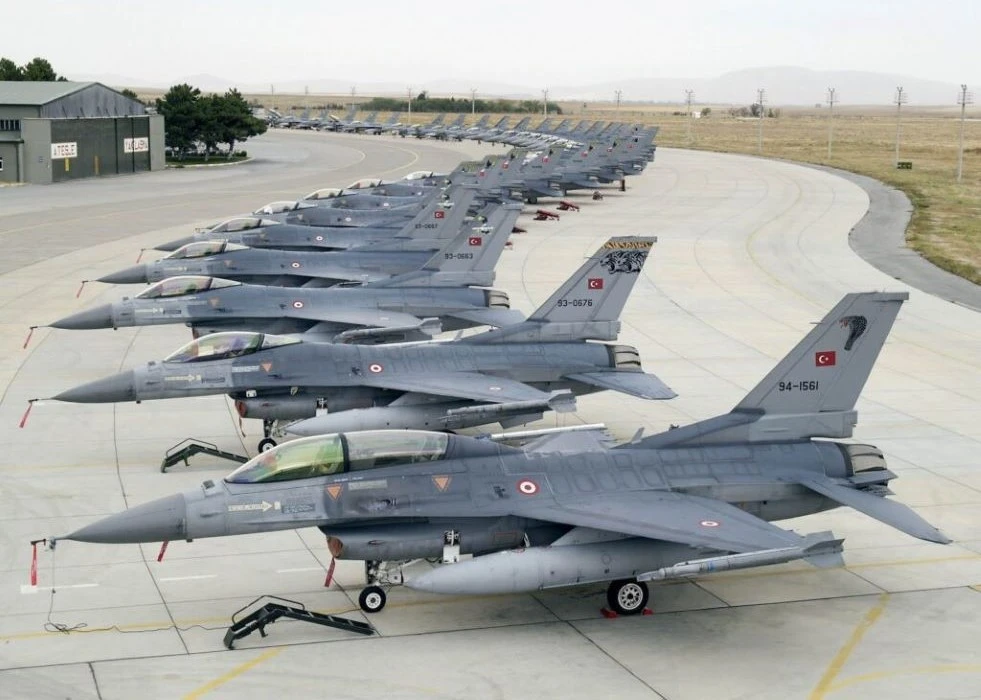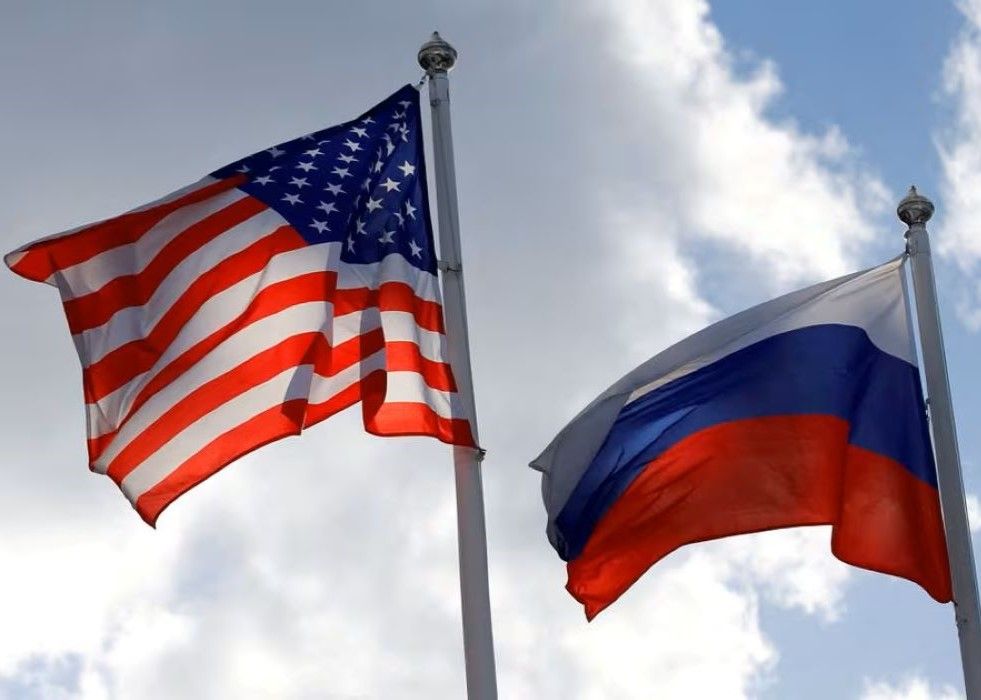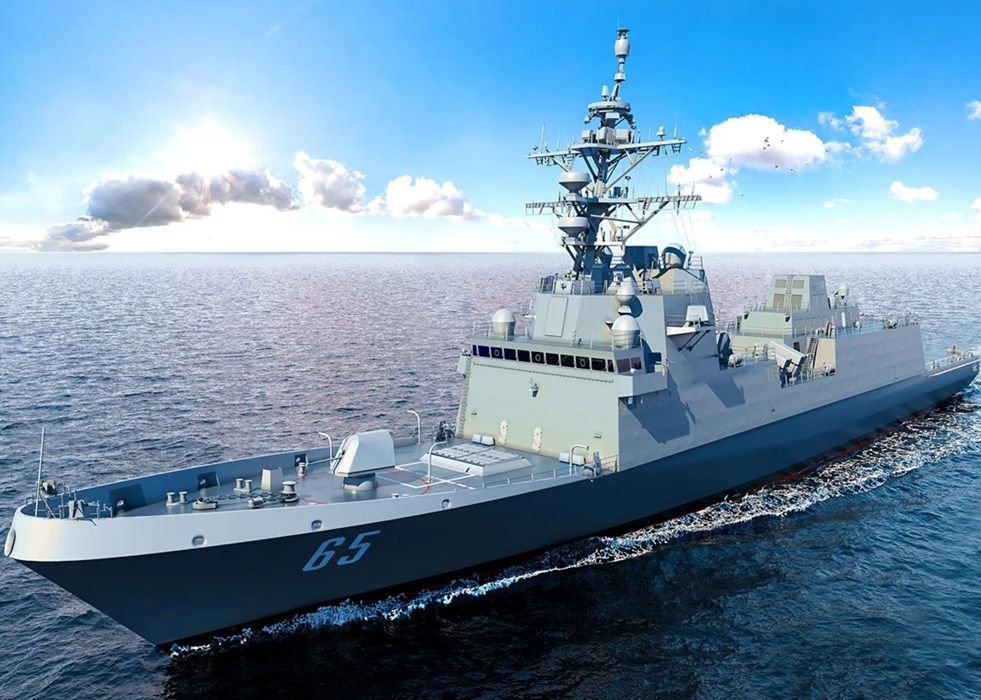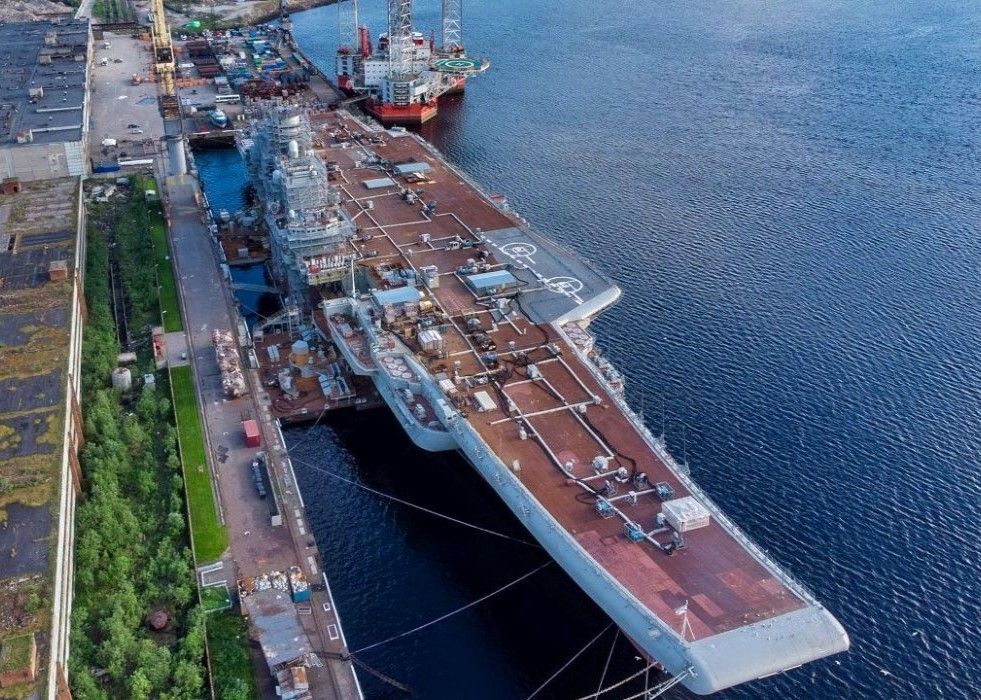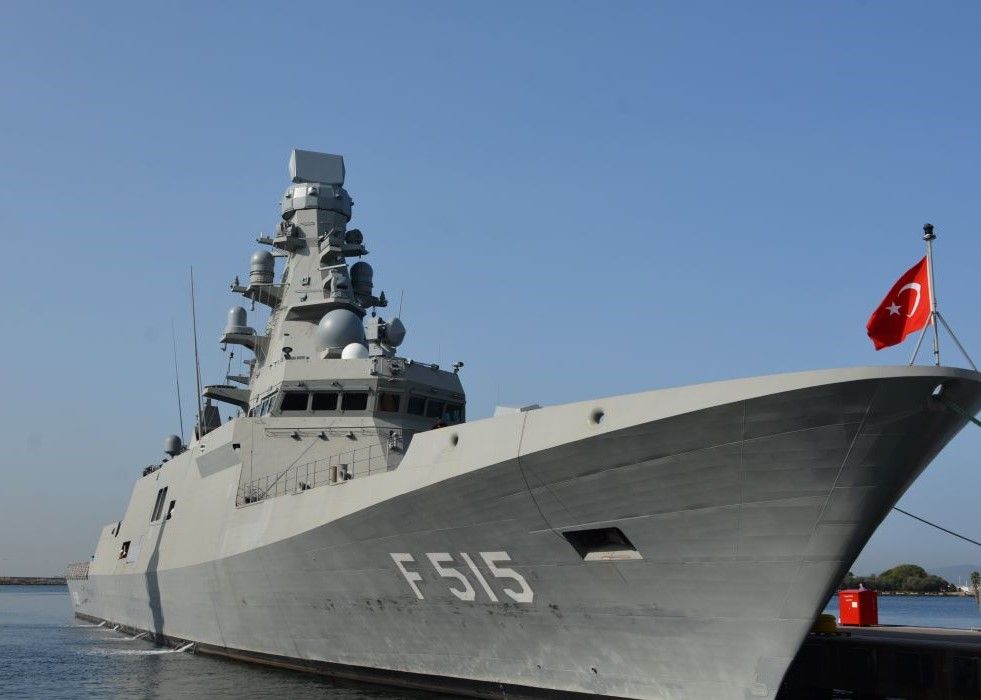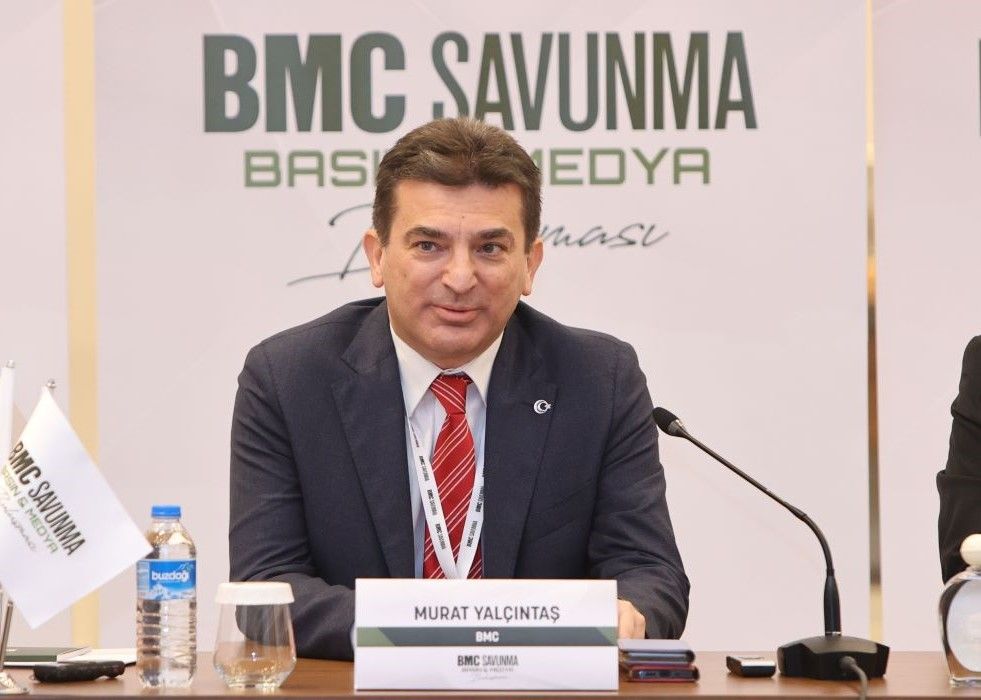According to Royal Navy’s announcement, General Atomics will work on a $1.8 million contract to demonstrate Mojave’s Short Take-off and Landing (STOL) UAV capability. The UK Defence Ministry stated that the seven-month trial will “determine the future scope to address several capability problem sets and will support future investment decisions.” The Mojave is designed for armed overwatch, attack, and armed reconnaissance missions. The UAV is air transportable with a C-130 airlifter. The UAV’s firepower without compromising its endurance. The Mojave can take off and land from remote semi-improved surfaces with its 450-HP turboprop engine. It can be therefore employed at aircraft carriers. The Mojave can carry double the payload of earlier-model aircraft, as many as 16 AGM-114 Hellfire or equivalent missiles. The UAV can also have a sensor suite such as Synthetic Aperture Radar (SAR), Ground Moving Target Indicator (GMTI) and Signal Intelligence (SIGINT) to support land or maritime missions. The endeavour is said to be part of the UK’s efforts to incorporate UAVs into its force structure, which includes plans to build a second air wing on both the HMS Queen Elizabeth and HMS Prince of Wales aircraft carriers.
The Mojave is based on the company’s MQ-1C Grey Eagle-ER unmanned aircraft but has the MQ-9 Reaper’s avionics and flight control system. Mojave could take off and land in under 300 feet distance. As a result, it can take off from a runway shorter than the decks of aircraft carriers or amphibious assault ships. The Mojave, in its smallest configuration, can take off in roughly 122m, which is less than half the length of the Royal Navy’s Queen Elizabeth-class aircraft carriers’ 284m flight deck.

The take-off distance is increased to 304m while carrying 12 Hellfire missiles. There are other developments that might come into the agenda. The Ministry of Defence is now requesting information on the possibility of the industry developing assisted launch and arrested retrieve systems for various air vehicles that might be fitted to a vessel within three to five years. According to the Ministry, this request is intended to aid in creating the Royal Navy’s Future Maritime Aviation Force, which might be used with both manned and unmanned air vehicles. The Ministry has stated that it is investigating the availability of electromagnetic catapult and arrestor wire systems for air vehicle launch and recovery.

